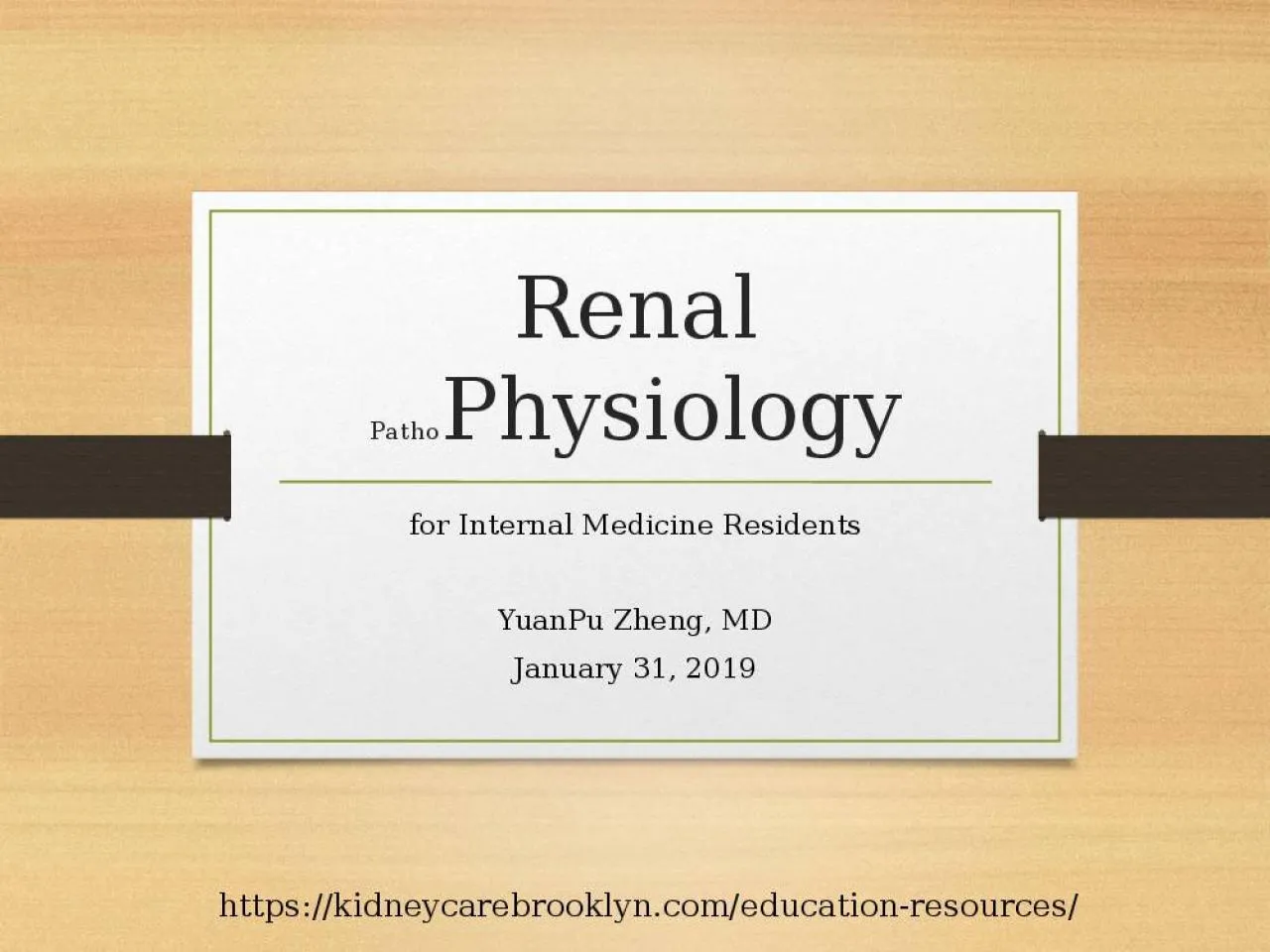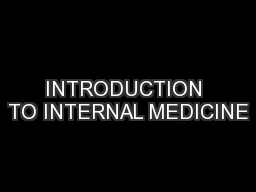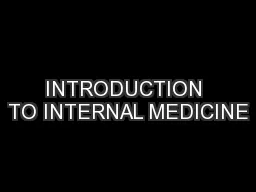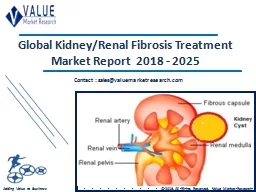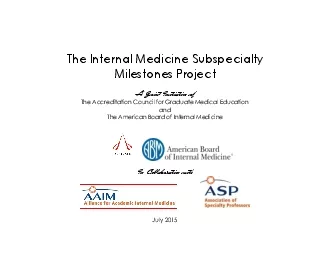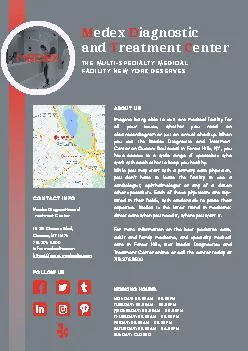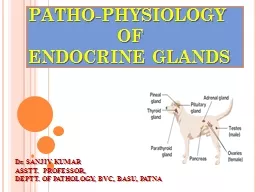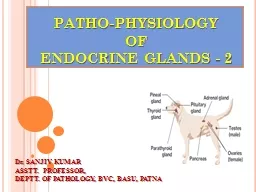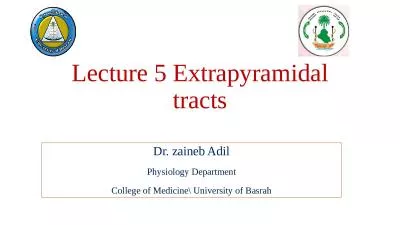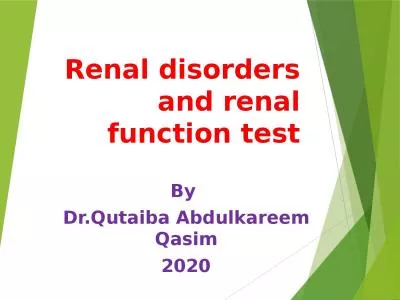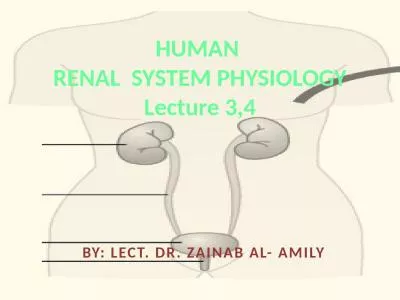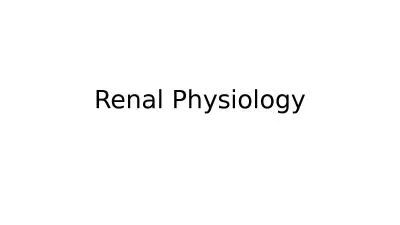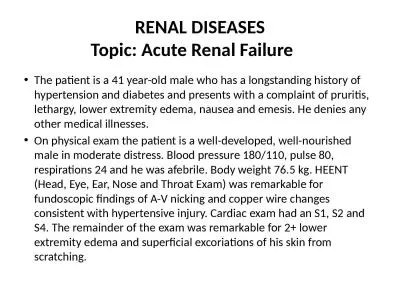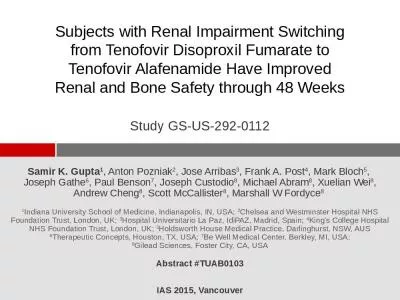PPT-Renal Patho Physiology for Internal Medicine Residents
Author : badra | Published Date : 2022-02-15
YuanPu Zheng MD January 31 2019 httpskidneycarebrooklyncomeducationresources Goals Glomerulus Proximal Tubule Ascending Thick Limb Distal Convoluted Tubule Macula
Presentation Embed Code
Download Presentation
Download Presentation The PPT/PDF document "Renal Patho Physiology for Internal Med..." is the property of its rightful owner. Permission is granted to download and print the materials on this website for personal, non-commercial use only, and to display it on your personal computer provided you do not modify the materials and that you retain all copyright notices contained in the materials. By downloading content from our website, you accept the terms of this agreement.
Renal Patho Physiology for Internal Medicine Residents: Transcript
Download Rules Of Document
"Renal Patho Physiology for Internal Medicine Residents"The content belongs to its owner. You may download and print it for personal use, without modification, and keep all copyright notices. By downloading, you agree to these terms.
Related Documents

